Home>Furniture & Design>Kitchen Furniture>Best Practices For Holding Food On A Buffet Table

Kitchen Furniture
Best Practices For Holding Food On A Buffet Table
Modified: September 2, 2024
Discover the best practices for holding food on a buffet table with our expert tips and advice. Create a stunning display with our kitchen furniture and design ideas.
(Many of the links in this article redirect to a specific reviewed product. Your purchase of these products through affiliate links helps to generate commission for Storables.com, at no extra cost. Learn more)
Introduction
Buffet tables are a popular choice for serving food at various events, from casual gatherings to formal celebrations. The appeal of a buffet lies in its versatility, allowing guests to select from a diverse array of dishes and customize their meals to their preferences. However, successfully executing a buffet requires careful planning and attention to detail. Whether you are hosting a family reunion, a corporate luncheon, or a holiday feast, following best practices for holding food on a buffet table is essential for ensuring an enjoyable and safe dining experience for your guests.
In this comprehensive guide, we will explore the key aspects of organizing a buffet, including maintaining food safety, ensuring proper food temperatures, enhancing presentation, setting up a beverage station, arranging a delightful dessert table, and managing post-event clean-up and food storage. By incorporating these best practices, you can elevate the buffet experience for your guests while minimizing the risk of foodborne illnesses and other potential hazards.
Let’s delve into the intricacies of hosting a successful buffet, where every detail, from the arrangement of dishes to the temperature of the food, contributes to a memorable and enjoyable dining experience for all.
Key Takeaways:
- Elevate your buffet experience by organizing dishes logically, providing ample space, labeling allergens, and using elevated displays for easy access and an elegant presentation.
- Prioritize food safety by monitoring temperatures, discarding perishable items after 2 hours, promoting good hygiene, and handling allergens with care to ensure a safe and enjoyable dining experience.
Read more: What Is A Buffet Table
Organizing the Buffet Table
Creating an inviting and efficient buffet table layout is crucial for ensuring a seamless dining experience for your guests. The arrangement of dishes, utensils, and serving stations can significantly impact the flow of the event and the overall guest satisfaction. Here are some best practices for organizing the buffet table:
- Logical Flow: Arrange the food items in a logical sequence, starting with appetizers or salads, followed by main courses, side dishes, and finally, desserts. This layout allows guests to move through the buffet line effortlessly, minimizing congestion and ensuring a smooth dining experience.
- Space Consideration: Provide ample space between dishes to prevent overcrowding. This facilitates easy access to each item and reduces the likelihood of accidental spills or cross-contamination.
- Labeling: Clearly label each dish with its name and any pertinent allergen information to assist guests with dietary restrictions or preferences. Use decorative signage or chalkboard labels for an elegant touch.
- Utensil Placement: Position serving utensils next to their respective dishes, ensuring that each item has its designated spoon, fork, or tongs. This promotes hygiene and prevents mixing of flavors between different dishes.
- Elevated Displays: Utilize tiered serving platters or risers to create visual interest and optimize table space. Elevating certain dishes not only enhances the overall presentation but also makes it easier for guests to reach items placed at the back of the table.
By thoughtfully organizing the buffet table, you can facilitate a smooth and enjoyable dining experience for your guests, allowing them to navigate the array of delectable offerings with ease and grace.
Maintaining Food Safety
When hosting a buffet, prioritizing food safety is paramount to safeguarding the health of your guests and upholding your reputation as a gracious host. Implementing rigorous food safety practices not only mitigates the risk of foodborne illnesses but also instills confidence in your guests, allowing them to savor the culinary delights without worry. Here are essential guidelines for maintaining food safety on a buffet table:
- Frequent Monitoring: Regularly inspect the buffet table to ensure that perishable items are maintained at safe temperatures. Use a food thermometer to verify that hot dishes remain above 140°F (60°C) and cold items are kept below 40°F (4°C) to prevent bacterial growth.
- Time Limits: Discard perishable foods that have been sitting at room temperature for more than two hours (or one hour if the ambient temperature exceeds 90°F or 32°C). This practice helps prevent the proliferation of harmful pathogens that thrive in the danger zone between 40°F and 140°F (4°C and 60°C).
- Hygiene Practices: Encourage guests to use designated utensils and serving implements to minimize direct contact with the food. Additionally, provide hand sanitizer or hand-washing facilities near the buffet area to promote good hand hygiene among guests before serving themselves.
- Safe Food Handling: Train staff or volunteers responsible for replenishing the buffet to adhere to proper food handling procedures, including wearing gloves, using separate utensils for each dish, and promptly replacing empty or low dishes to maintain food at safe temperatures.
- Allergen Awareness: Clearly identify dishes containing common allergens such as nuts, dairy, gluten, and shellfish. Consider providing separate serving utensils for allergen-free options to prevent cross-contact and accommodate guests with specific dietary needs.
By diligently upholding food safety measures, you can ensure that your buffet not only delights the palate but also prioritizes the well-being of your guests, fostering an atmosphere of trust and enjoyment.
Keeping Food at Appropriate Temperatures
Maintaining the proper temperatures of food items is crucial to prevent bacterial growth and preserve the quality and safety of the dishes on your buffet table. Whether serving hot entrees, chilled salads, or delectable desserts, adhering to temperature guidelines is essential for ensuring the freshness and palatability of the offerings. Here are key strategies for keeping food at appropriate temperatures on a buffet:
- Chafing Dishes and Warmers: Utilize chafing dishes, fondue pots, or electric warmers to keep hot dishes at a safe serving temperature. These equipment options not only maintain the warmth of the food but also add an elegant touch to the buffet presentation.
- Ice Beds and Cold Packs: Nestle cold dishes in bowls of ice or employ gel-filled cold packs beneath serving platters to keep perishable items, such as salads, fruits, and seafood, consistently chilled throughout the event.
- Temperature Monitoring: Regularly check the temperature of hot and cold foods using reliable food thermometers to ensure that they remain within the recommended safe ranges. Make adjustments as needed to uphold the desired temperatures.
- Insulated Servingware: Invest in insulated serving dishes and beverage dispensers to help retain the temperature of hot soups, sauces, and beverages. Similarly, insulated bowls and trays can help preserve the coolness of salads and desserts.
- Strategic Placement: Position the buffet table away from direct sunlight and sources of heat, such as stovetops or ovens, to prevent the premature warming of cold dishes and the excessive heating of hot items.
By meticulously managing the temperatures of the dishes on your buffet table, you can ensure that each culinary creation is not only visually appealing but also impeccably fresh and safe for consumption, leaving a lasting impression on your guests.
To keep food safe on a buffet table, use chafing dishes or hot plates to keep hot foods at 140°F or above, and ice trays or cold packs to keep cold foods at 40°F or below. Keep perishable foods out for no more than 2 hours.
Presentation and Decor
Enhancing the visual appeal of your buffet table through thoughtful presentation and decor elevates the overall dining experience, captivating your guests before they even take their first bite. A harmonious blend of aesthetic elements, from tableware choices to decorative accents, contributes to the ambiance and allure of the buffet spread. Here are key considerations for enhancing the presentation and decor of your buffet:
- Table Linens and Centerpieces: Select high-quality table linens that complement the theme or color scheme of the event. Incorporate elegant centerpieces, such as floral arrangements or themed decor, to add a touch of sophistication to the buffet table.
- Serveware Selection: Choose serving platters, bowls, and utensils that harmonize in style and material, creating a cohesive and visually pleasing display. Opt for decorative serving ware that complements the overall aesthetic of the event.
- Garnishes and Accents: Enhance the visual allure of individual dishes with carefully placed garnishes, fresh herbs, or edible flowers. These embellishments not only add a pop of color but also signal attention to detail and culinary artistry.
- Height Variation: Create visual interest by varying the heights of serving platters and displays. Incorporate tiered stands or risers to showcase certain dishes, drawing the eye to different levels of the buffet spread.
- Thematic Elements: Tailor the decor to the specific theme or occasion, incorporating relevant motifs, props, or decorative accents that resonate with the event’s purpose, whether it be a seasonal celebration, a cultural festival, or a formal reception.
By curating a visually captivating buffet presentation, you can set the stage for an exceptional dining experience, where the artistry of the culinary offerings is complemented by the aesthetic allure of the buffet table, leaving a lasting impression on your guests.
Read more: How To Display Napkins On A Buffet Table
Beverage Station
Complementing the delectable array of dishes on your buffet table, a well-appointed beverage station adds a refreshing and satisfying dimension to the overall dining experience. From quenching thirst to enhancing the flavor profiles of the meal, an artfully arranged beverage station offers a diverse selection of libations to suit varying preferences. Here are essential elements to consider when setting up a beverage station for your buffet:
- Varied Beverage Selection: Offer a diverse range of beverages, including non-alcoholic options such as infused water, iced tea, lemonade, and artisanal sodas, alongside alcoholic choices like wine, beer, and signature cocktails. Catering to a spectrum of tastes ensures that every guest finds a beverage to enjoy.
- Appropriate Glassware: Select suitable glassware for different beverage types, from stemmed wine glasses and highball tumblers to elegant pitchers and carafes for serving water and other non-alcoholic drinks. Matching glassware to the beverage enhances the visual appeal of the station.
- Accompaniments and Garnishes: Provide an assortment of garnishes and accompaniments, such as citrus wedges, fresh herbs, and flavored syrups, allowing guests to customize their beverages and elevate their flavor profiles. This interactive element adds a touch of personalization to the beverage experience.
- Chilling and Dispensing: Ensure that chilled beverages are kept at the appropriate temperature using ice buckets, beverage tubs, or refrigerated dispensers. For hot beverages, such as coffee or tea, maintain their warmth with insulated carafes or airpots.
- Themed Offerings: Tailor the beverage selection to complement the overall theme of the event. For example, a tropical-themed buffet may feature exotic fruit-infused cocktails, while a formal dinner may showcase a curated wine and champagne selection.
By curating a well-stocked and visually appealing beverage station, you can provide a delightful and refreshing accompaniment to the culinary delights on the buffet table, ensuring that every sip enhances the overall dining experience for your guests.
Dessert Table
The dessert table serves as the grand finale of the buffet experience, offering an irresistible array of sweet indulgences that captivate the senses and leave a lasting impression. From decadent cakes and delicate pastries to vibrant fruit displays, the dessert table presents an opportunity to showcase an exquisite assortment of confections. Here are essential considerations for curating a captivating and delectable dessert table:
- Diverse Dessert Selection: Offer a diverse range of desserts to cater to varying preferences, including cakes, tarts, cookies, fruit platters, and petite pastries. Incorporate options that accommodate dietary restrictions, such as gluten-free or vegan desserts, to ensure inclusivity.
- Artful Presentation: Arrange the desserts in an aesthetically pleasing manner, paying attention to color coordination and visual appeal. Utilize decorative cake stands, tiered trays, and elegant serving platters to showcase the desserts with flair.
- Garnishes and Accents: Enhance the presentation of individual desserts with artful garnishes, edible flowers, chocolate shavings, or dustings of confectioners’ sugar. These embellishments add a touch of sophistication and elevate the visual allure of the dessert offerings.
- Interactive Elements: Incorporate interactive elements, such as a DIY dessert station where guests can customize their treats with assorted toppings, sauces, or flambeed options. This engagement fosters a sense of creativity and personalization among the guests.
- Thematic Desserts: Tailor the dessert selection to complement the event’s theme or season. For example, a summer buffet may feature refreshing sorbets and fruit-based desserts, while a holiday gathering may showcase festive treats and seasonal specialties.
By curating a captivating dessert table that harmonizes visual allure with irresistible flavors, you can conclude the buffet experience on a high note, leaving your guests with a sweet and memorable finale to their culinary journey.
Clean-Up and Storage
After the culinary festivities have concluded, proper clean-up and storage protocols are essential to maintain a hygienic and organized environment while preserving leftover food for future enjoyment. Implementing efficient clean-up practices and ensuring proper storage of remaining dishes and perishable items contribute to the overall success and sustainability of the event. Here are essential guidelines for post-event clean-up and food storage:
- Timely Disposal: Promptly discard any remaining perishable food that has been at room temperature for more than two hours to minimize the risk of foodborne illness. Properly dispose of food waste in designated receptacles and compost organic materials whenever possible.
- Dishware and Utensil Collection: Gather and organize used dishware, serving utensils, and glassware for washing and sanitization. Delegate tasks to a dedicated clean-up crew or enlist the assistance of catering staff to expedite the process.
- Surface Sanitization: Thoroughly clean and sanitize the buffet table, beverage station, and dessert display area, ensuring that all surfaces are free from food residue and potential contaminants. Use food-safe disinfectants and cleaning solutions to maintain a hygienic environment.
- Leftover Food Storage: Properly store any remaining food in a timely manner, utilizing airtight containers or food-grade storage bags to preserve freshness. Label the containers with the date of preparation and the contents to facilitate organized inventory management.
- Refrigeration and Freezing: Transfer perishable dishes and desserts to refrigeration or freezing units as appropriate, adhering to recommended storage temperatures to prolong their shelf life. Ensure that refrigerators and freezers are set to the optimal temperatures for food preservation.
- Inventory and Donation: Take stock of the remaining food inventory and consider donating excess items to local shelters, food banks, or charitable organizations to minimize waste and support community initiatives.
By diligently executing clean-up and storage procedures, you can uphold the highest standards of cleanliness and food safety, while responsibly managing leftover food resources for future use or donation, ensuring that the event’s legacy extends beyond the dining experience.
Frequently Asked Questions about Best Practices For Holding Food On A Buffet Table
Was this page helpful?
At Storables.com, we guarantee accurate and reliable information. Our content, validated by Expert Board Contributors, is crafted following stringent Editorial Policies. We're committed to providing you with well-researched, expert-backed insights for all your informational needs.
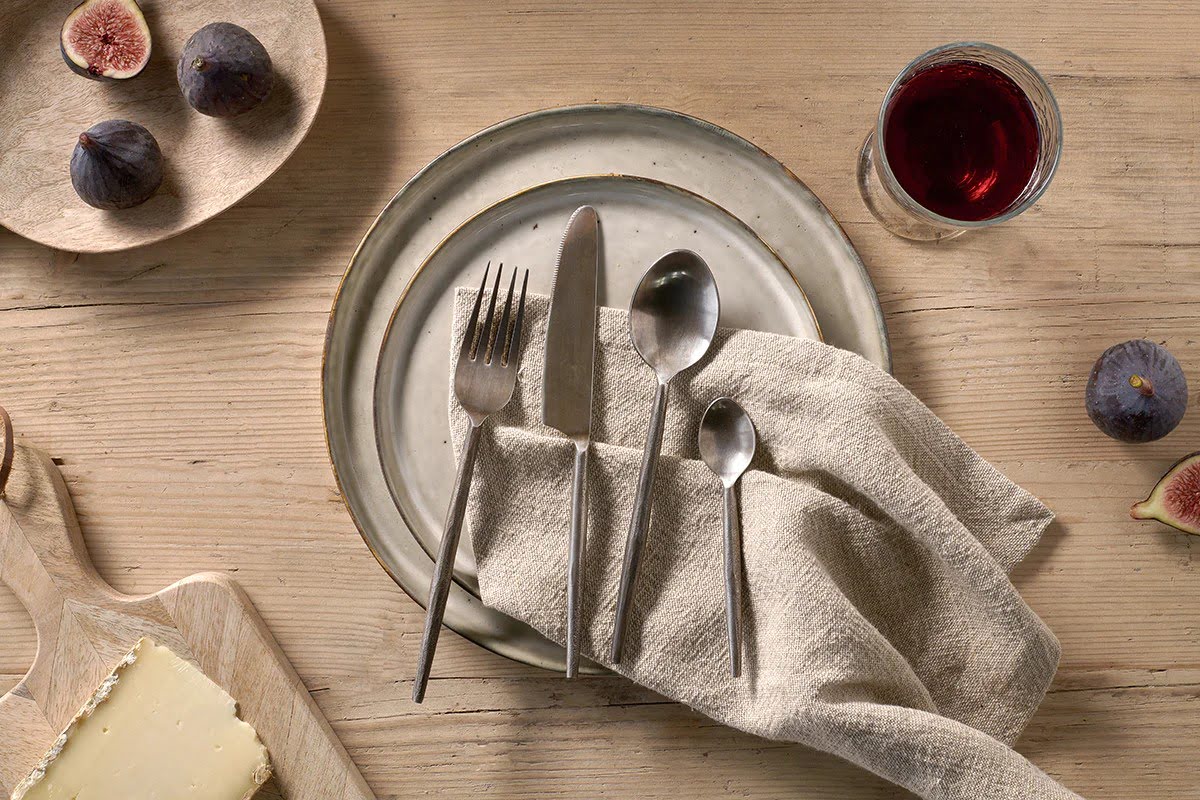
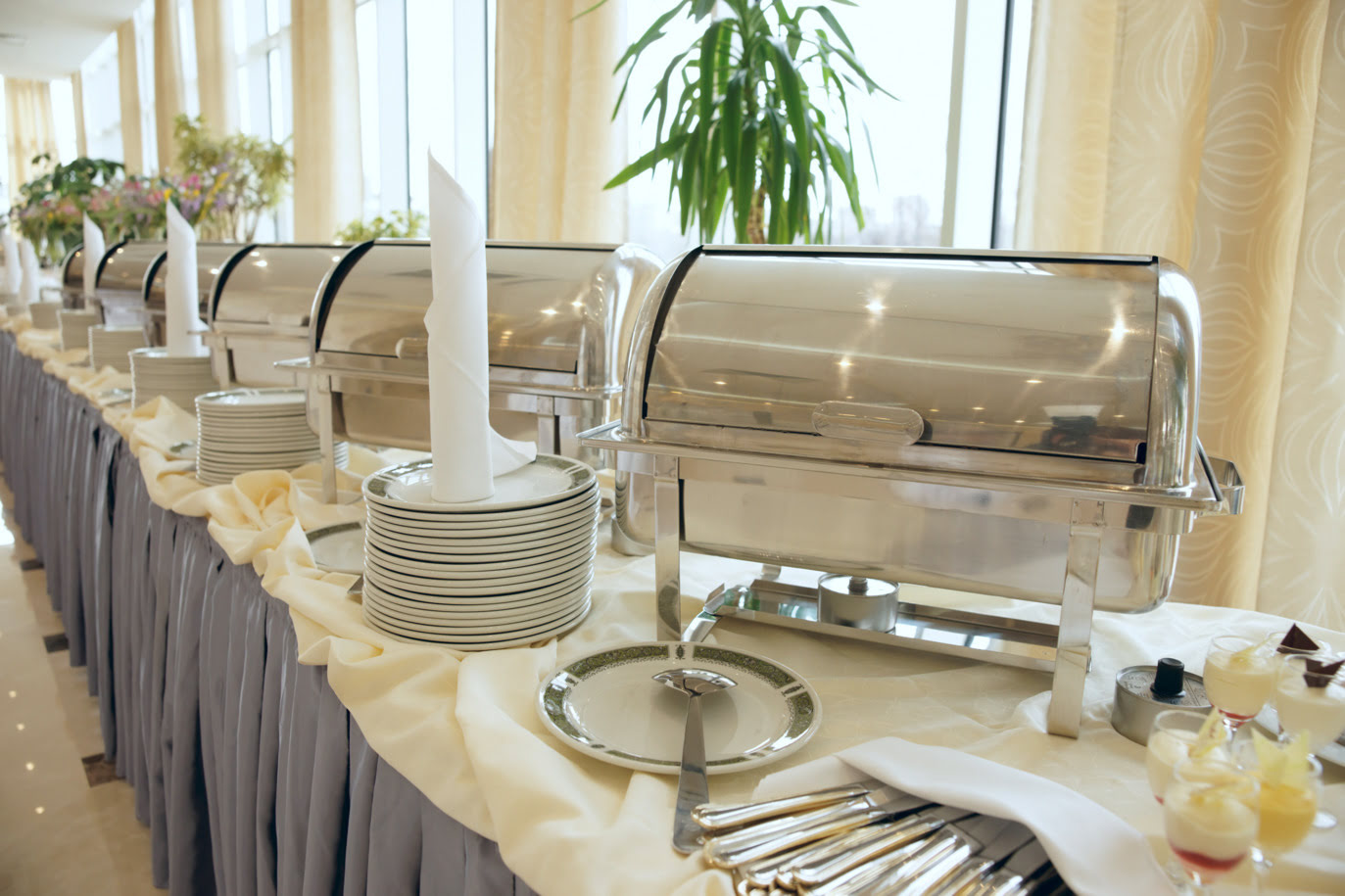
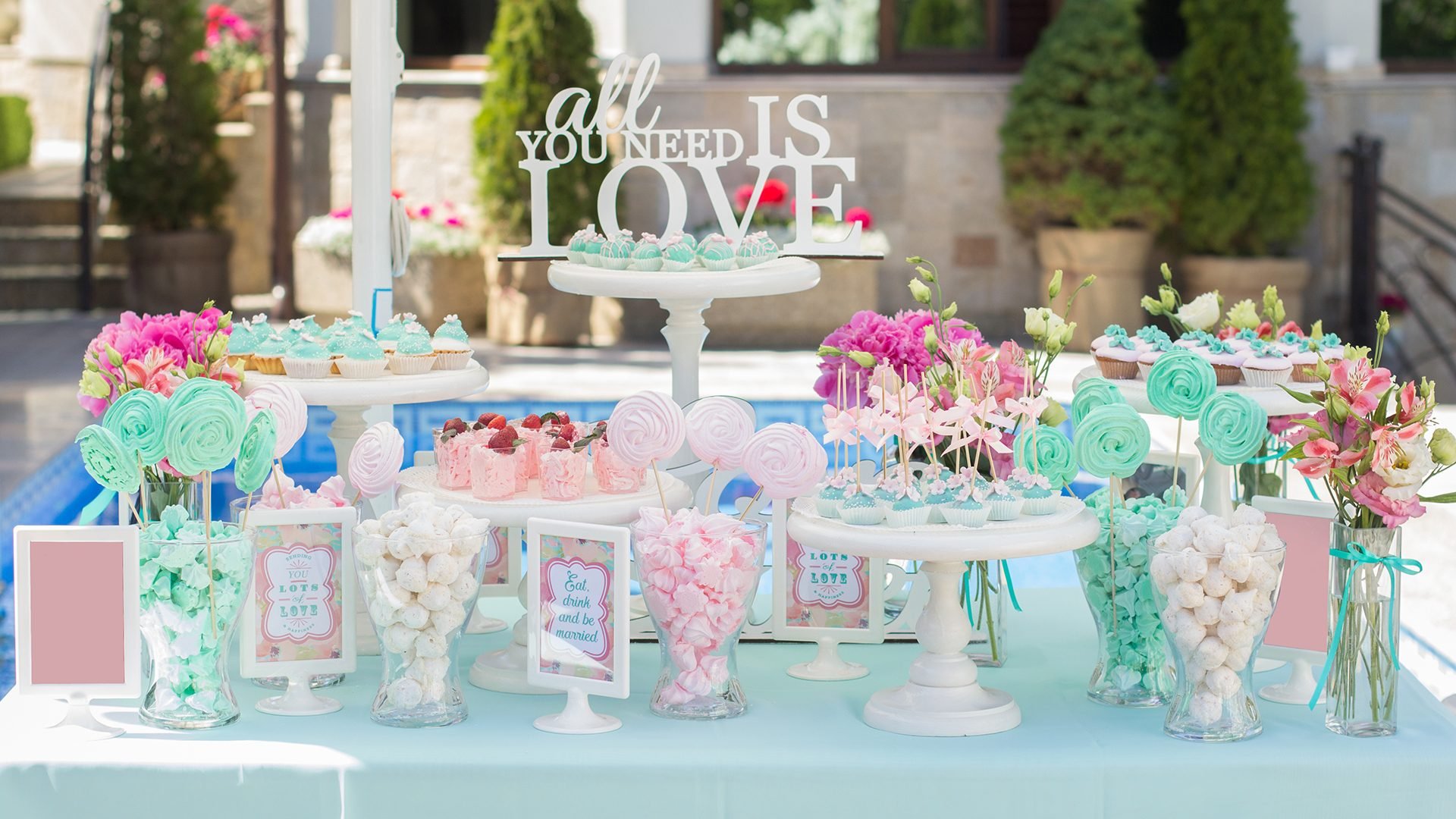
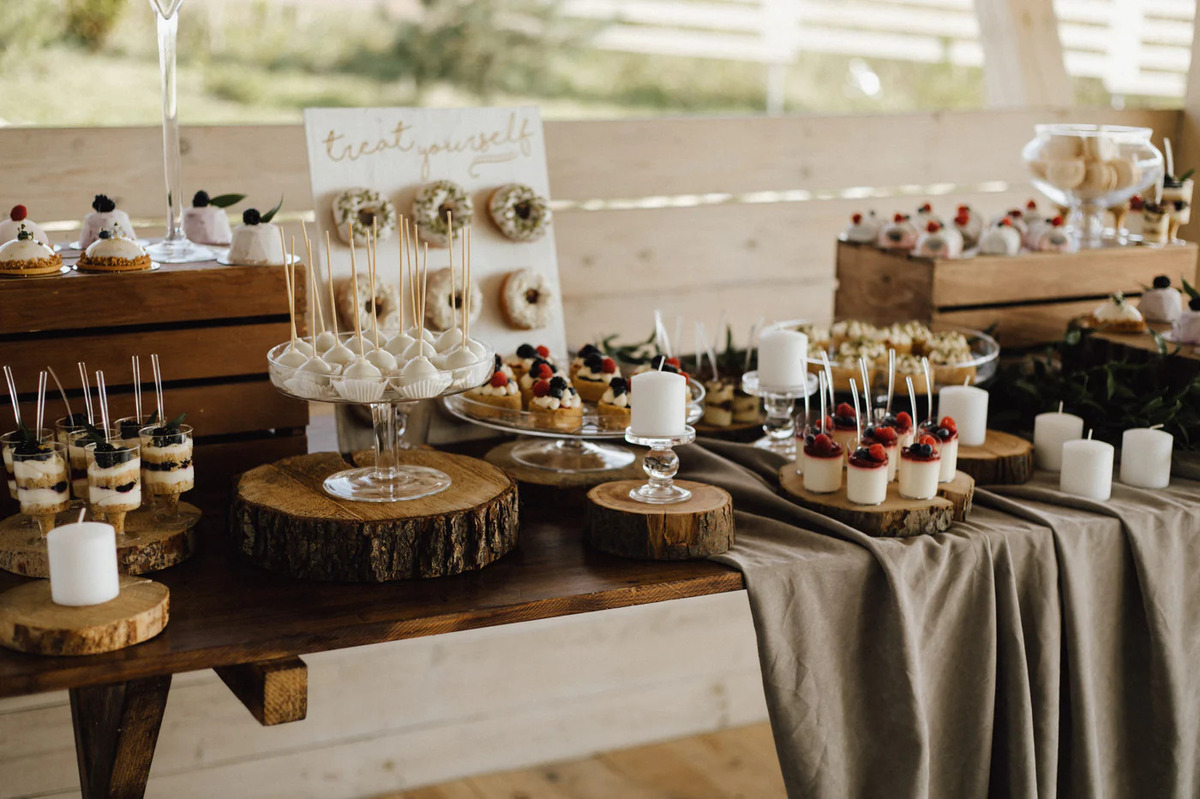
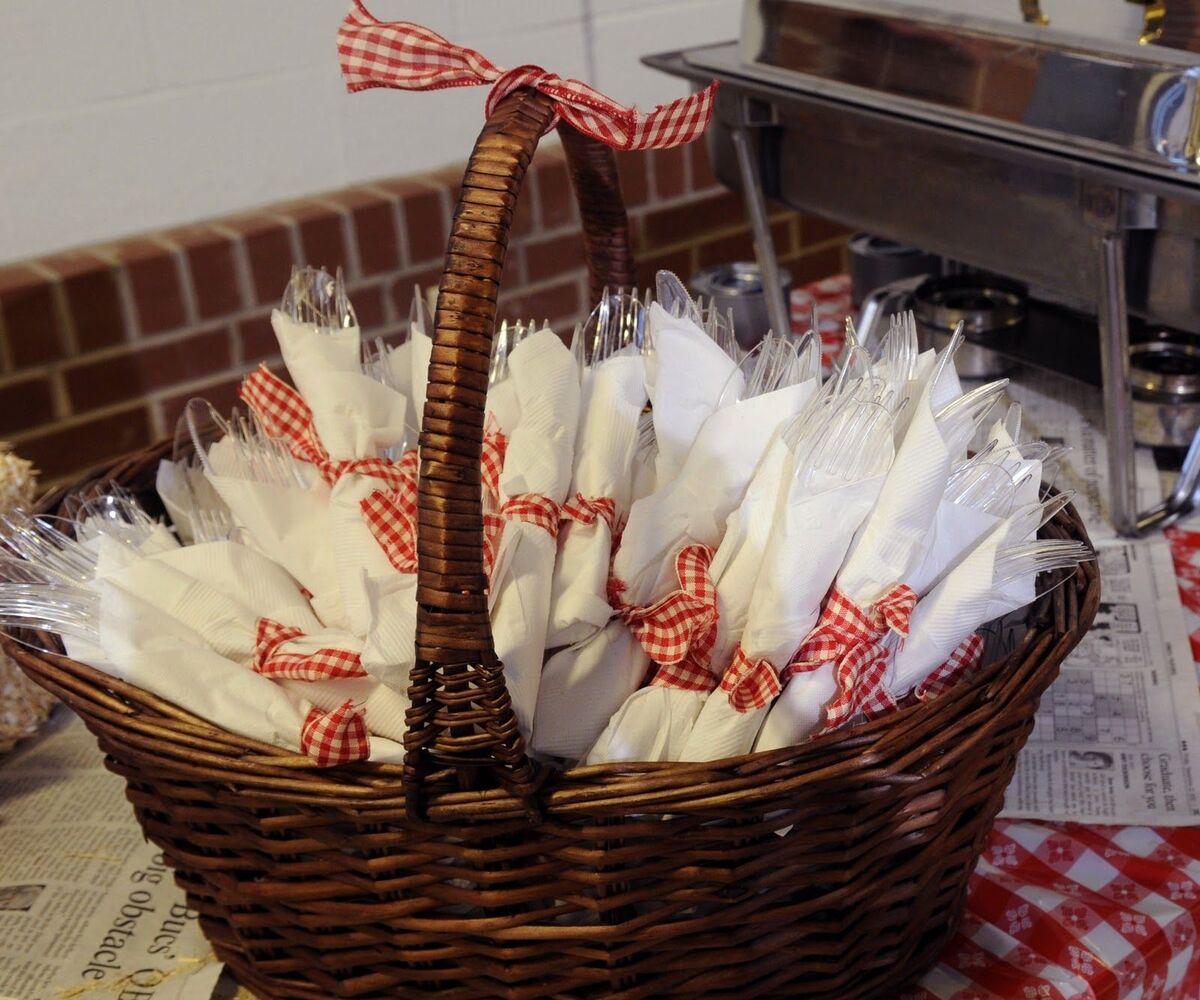
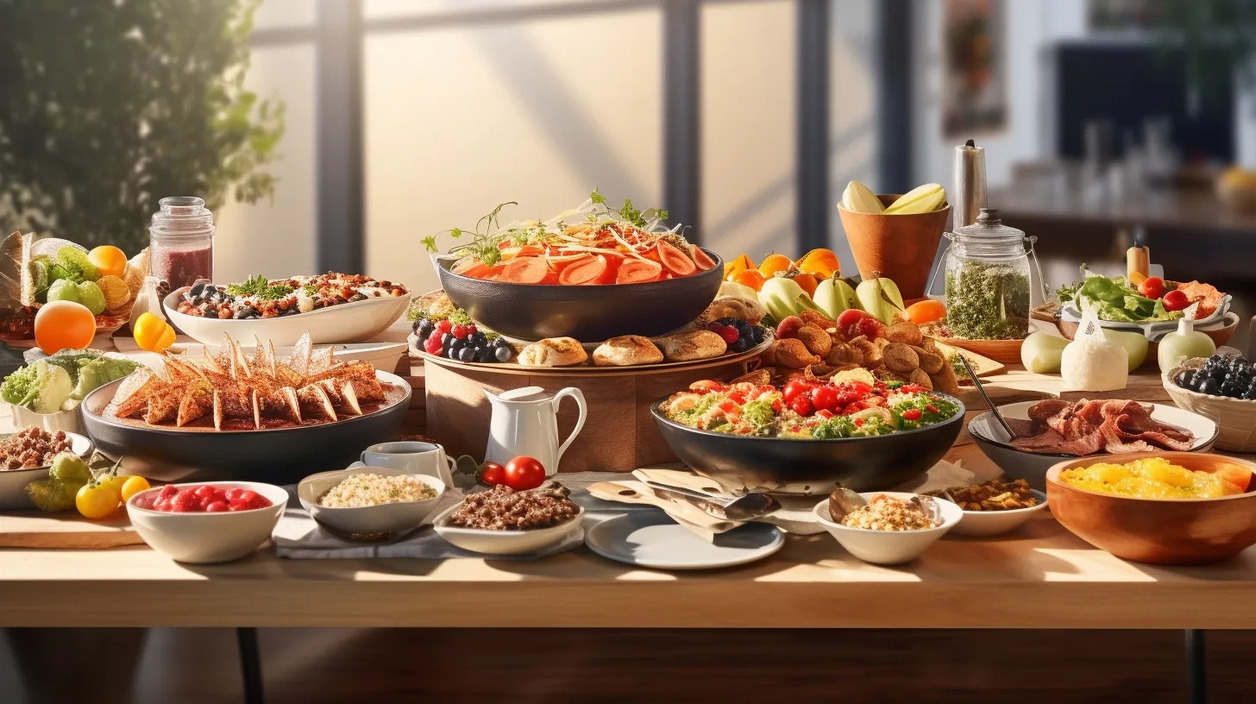
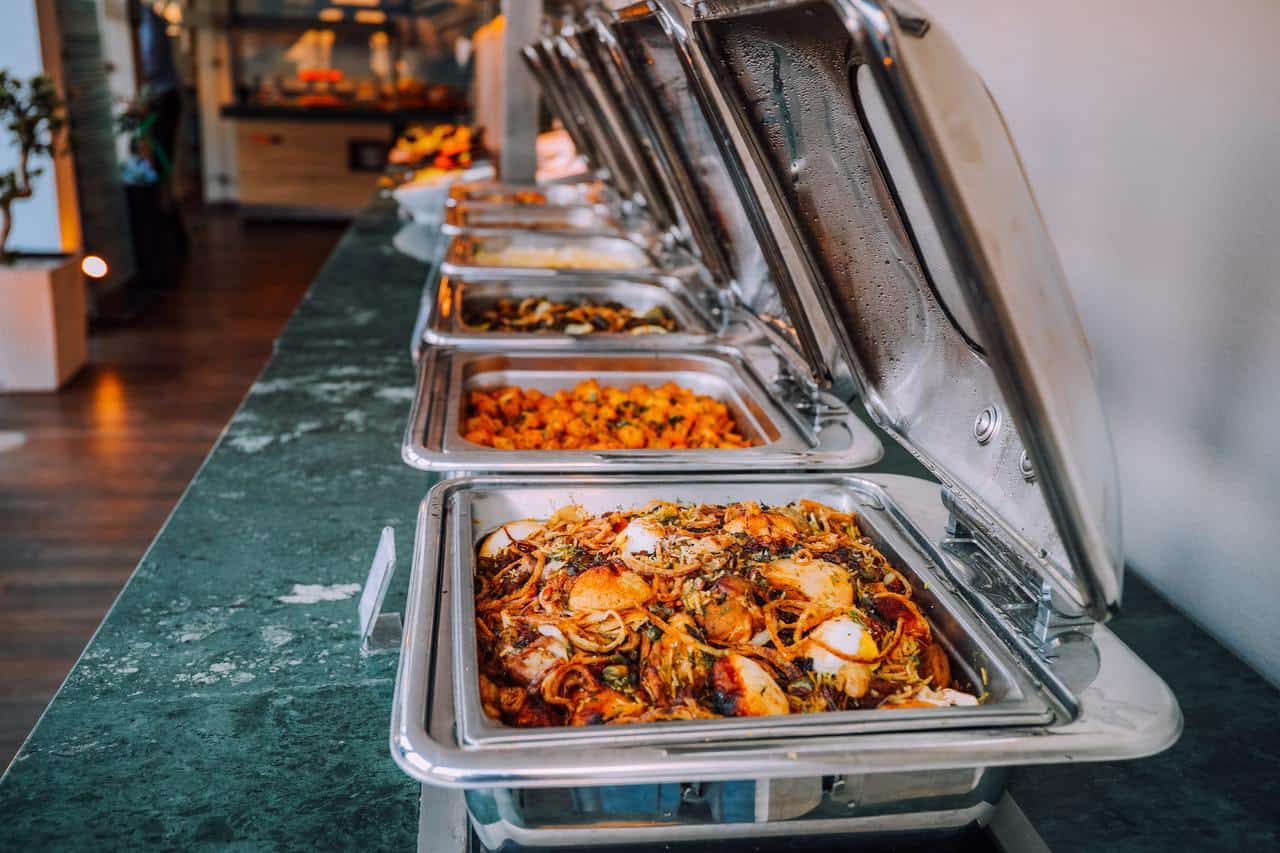


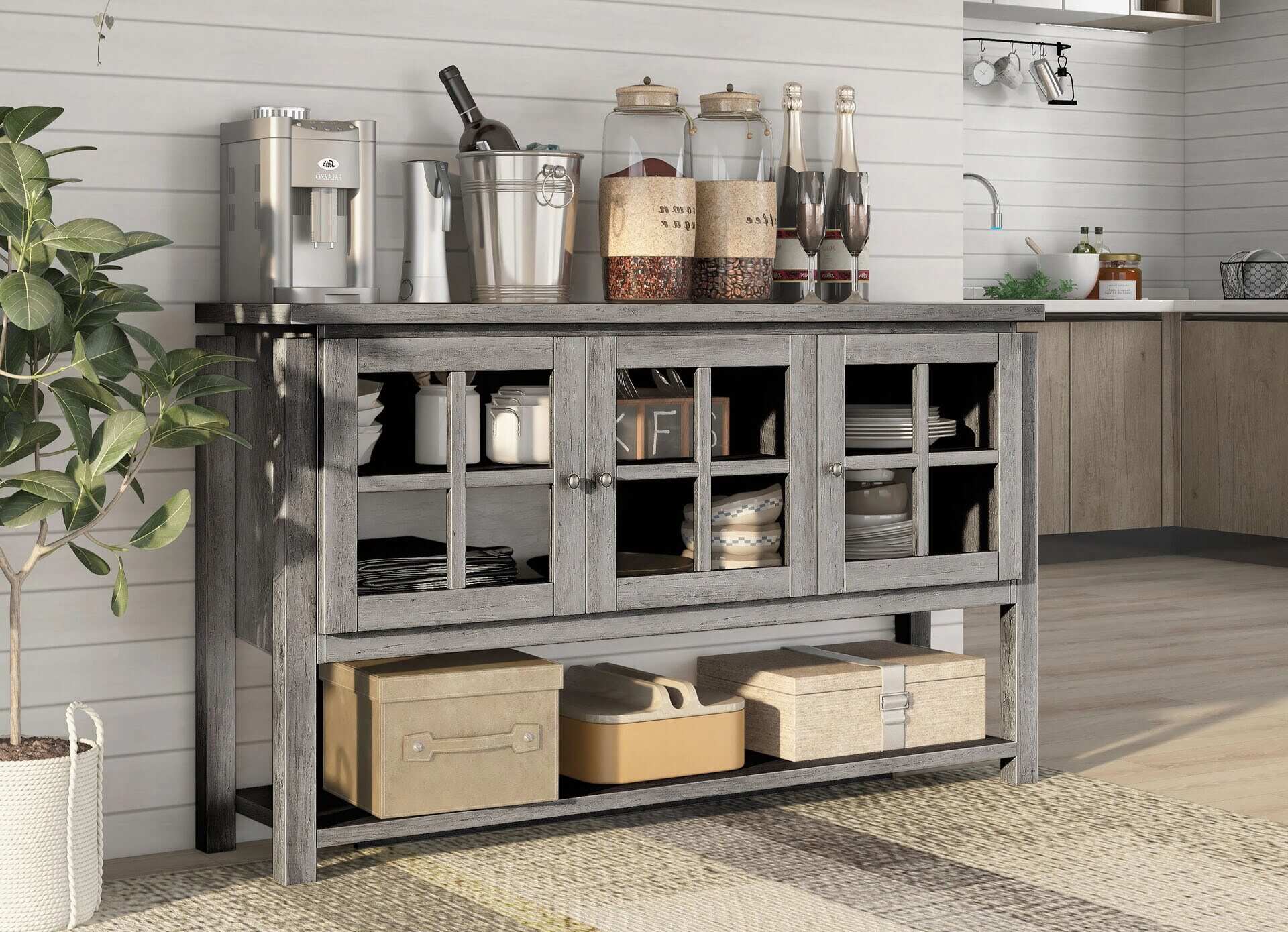
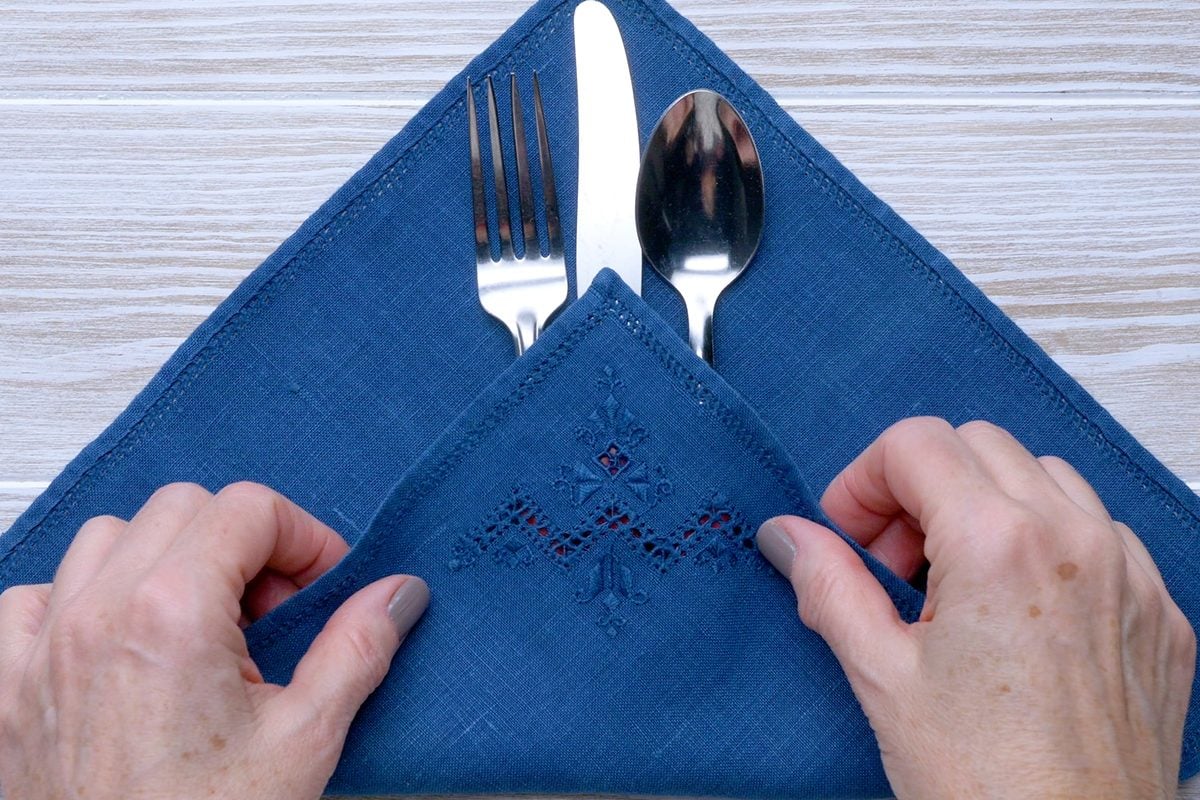

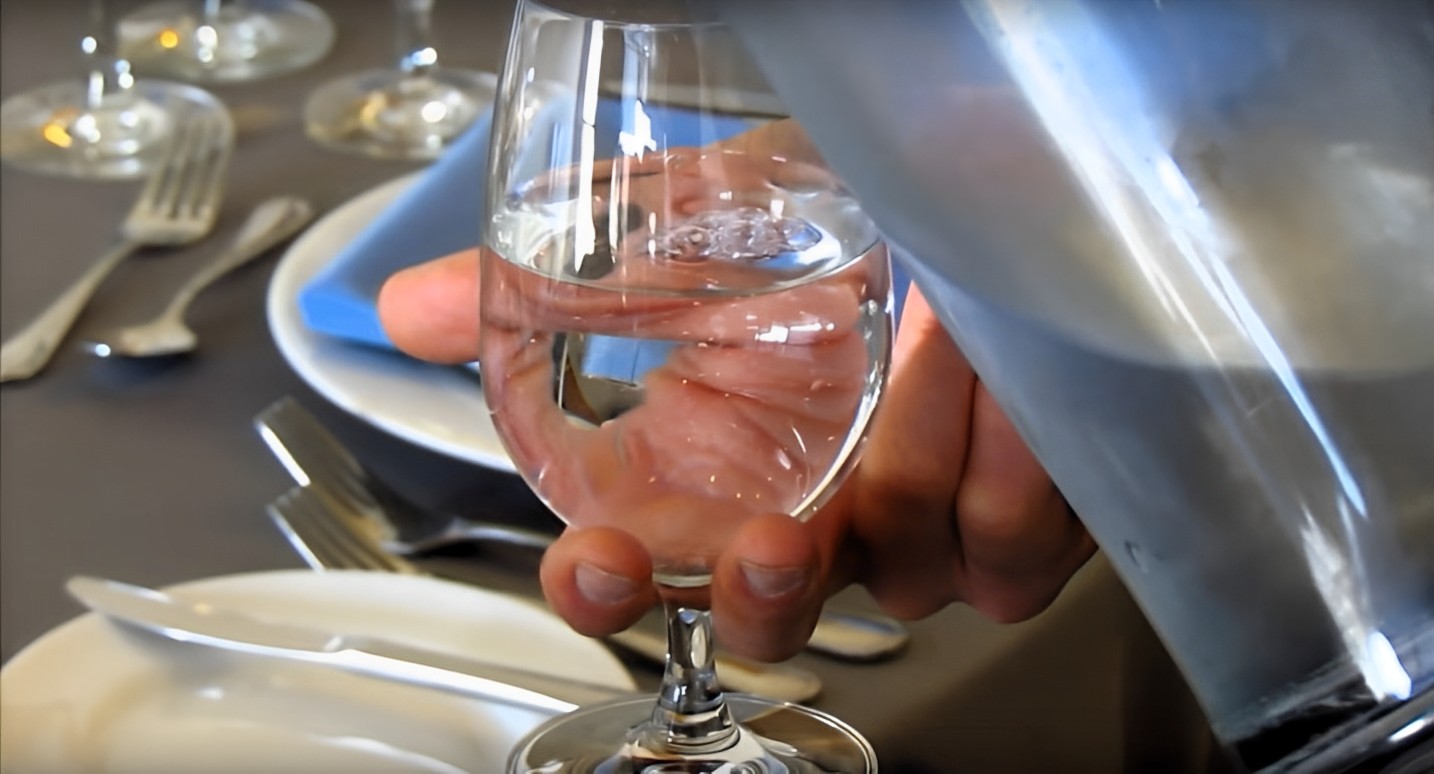
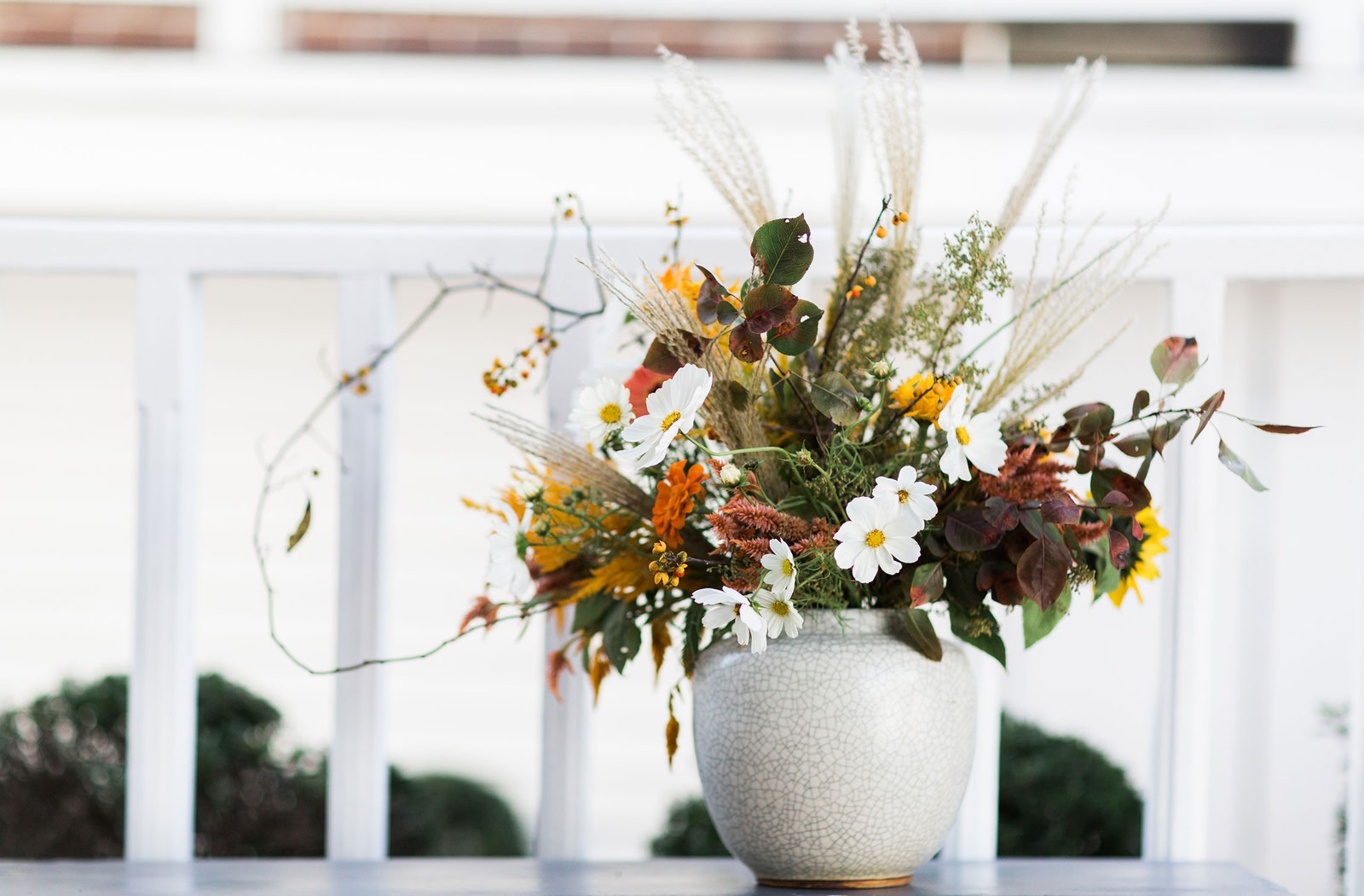

0 thoughts on “Best Practices For Holding Food On A Buffet Table”